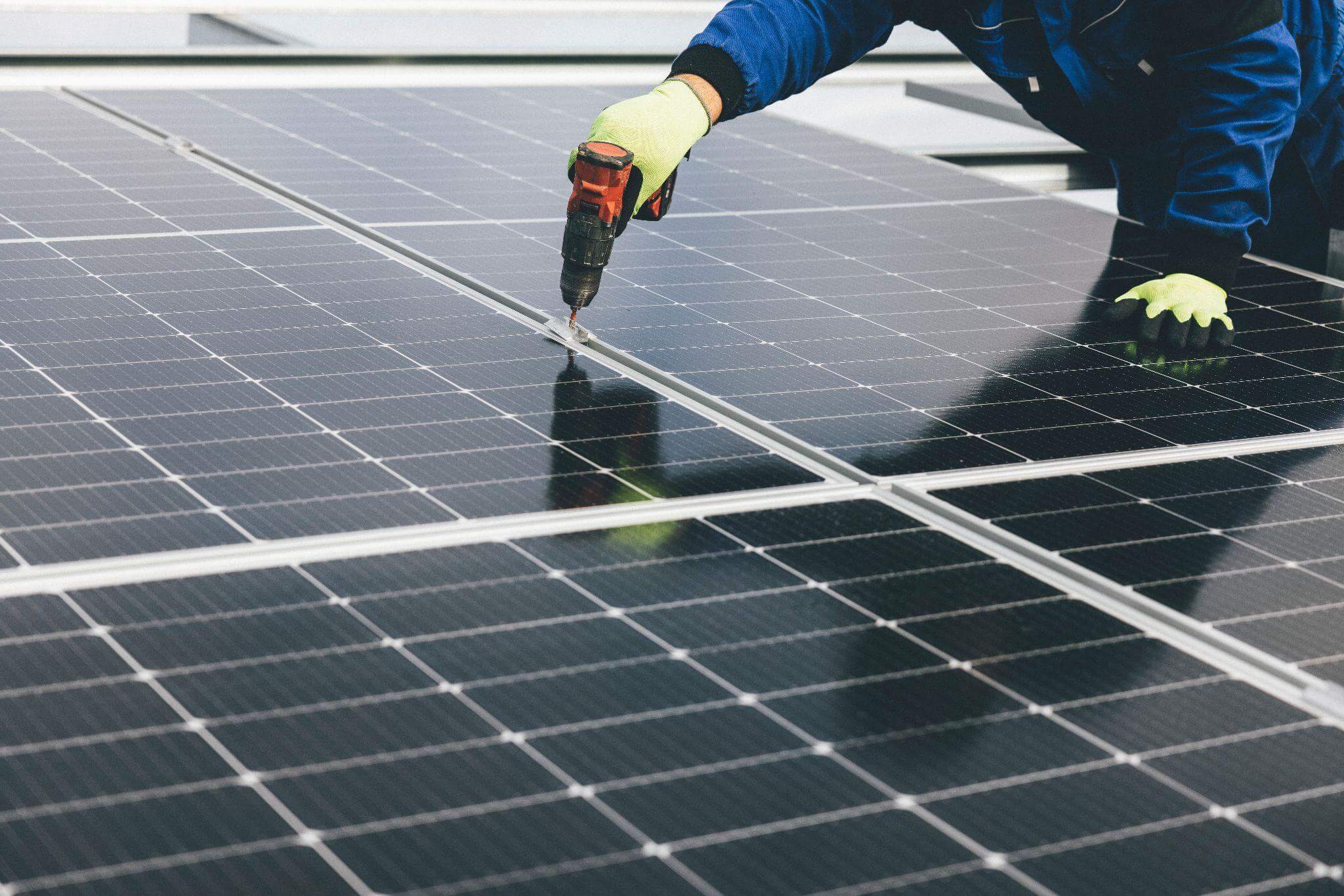pAs a homeowner, you’re always looking for ways to save money and reduce your impact on the environment. Switching your home to solar energy can help you do just that. Solar panels allow you to generate electricity from the sun, reducing your reliance on expensive utility companies and reducing your carbon footprint.
While the initial investment in solar panels can be expensive, the long-term savings are significant. However, it’s not as easy as simply purchasing the panels in your local utility store and installing them on your rooftop. There are factors you have to consider first like your energy needs or if your home can support a solar panel system.
Step-by-Step Guide for Installing Solar Panels
Before you get started, it is important to understand the process of installing solar panels and the steps involved in the process.
Step #1: Determine Your Energy Needs
Begin by calculating the average energy consumption of your household. This information will help you determine the number of solar panels required to meet your energy needs.
The size of your solar panel system will depend on your energy usage, the location of your home, and the amount of sunlight you receive.
Step #2: Assess Your Roof
The next step is to assess the condition of your roof. It is important to check its structure and orientation to determine if it is suitable for installation. The direction and angle of your roof can affect the amount of sunlight your solar panels receive.
You should also verify that it can support the weight of the panels and the mounting system.
Step #3: Purchase Equipment
Afterward, you will have to choose solar panels, inverters, mounting systems, and electrical components that are compatible with your home’s energy requirements and roof design. When selecting solar panels, you should consider their efficiency, durability, and warranty.
Inverters are an important component of the system, which converts the direct current (DC) electricity generated by the panels into alternating current (AC) electricity that can be used in your home. You will also need to choose a mounting system appropriate for your roof’s structure and orientation.
Step #4: Install Solar Panels
Now it’s time to install the solar panels. This involves mounting the panels on your roof and wiring them to the inverter. Solar panels are usually installed in rows or columns, and the mounting system should be secured to the roof to ensure stability.
When wiring the solar panels to the inverter, it is important to follow the manufacturer’s instructions carefully to avoid damaging the equipment. If you are not comfortable working with electricity, it is recommended to hire a professional electrician to complete this step.
Step #5: Connect to the Grid
The final step in installing solar panels is to connect them to the grid. You have to ask permission from your utility company to connect to do this. They will also install a special meter to measure the amount of electricity your solar panels produce.
It is recommended that you have a disconnect switch that will take out your solar panel system from the grid during maintenance or emergencies. Once this safety equipment is installed, you can safely start generating your own electricity.
Solar Panel Maintenance
Proper maintenance of your solar panel system is essential to ensure maximum efficiency and prolong its lifespan. As a homeowner, you can follow these tips to maintain your solar panels:
Clean Regularly
Regularly cleaning your solar panels ensures they function efficiently. Use a soft-bristled brush or a hose to remove dirt and debris from the surface of your solar panels. Avoid using abrasive cleaners or high-pressure sprays that can scratch or damage your solar panels.
Check for Damage
Check your solar panels regularly for any signs of damage, such as cracks or chips. If you notice any damage, contact a professional to repair or replace the affected parts. Leaving issues with your panels unattended will lead to major consequences later on.
Monitor Performance
Keep track of your solar panel system’s performance to detect any issues affecting its efficiency. Monitor the amount of electricity the panels generate and compare it to your energy usage. If you notice a significant decrease in energy production, contact a professional to diagnose and fix the issue.
Prune Trees
If trees are near your solar panels, prune them regularly to prevent shading. Shading can significantly reduce the amount of sunlight your solar panels receive, which can affect their efficiency.
Conclusion
The key takeaway from this guide is that while installing solar panels may seem daunting, it is a worthwhile investment that pays off in the long run. Not only will you save money on your energy bills, but you will also be contributing to a more sustainable future.
In addition, installing solar panels can add value to your tiny home should you decide to sell it in the future. Potential buyers are increasingly interested in eco-friendly homes and the cost-saving benefits that come with them.


